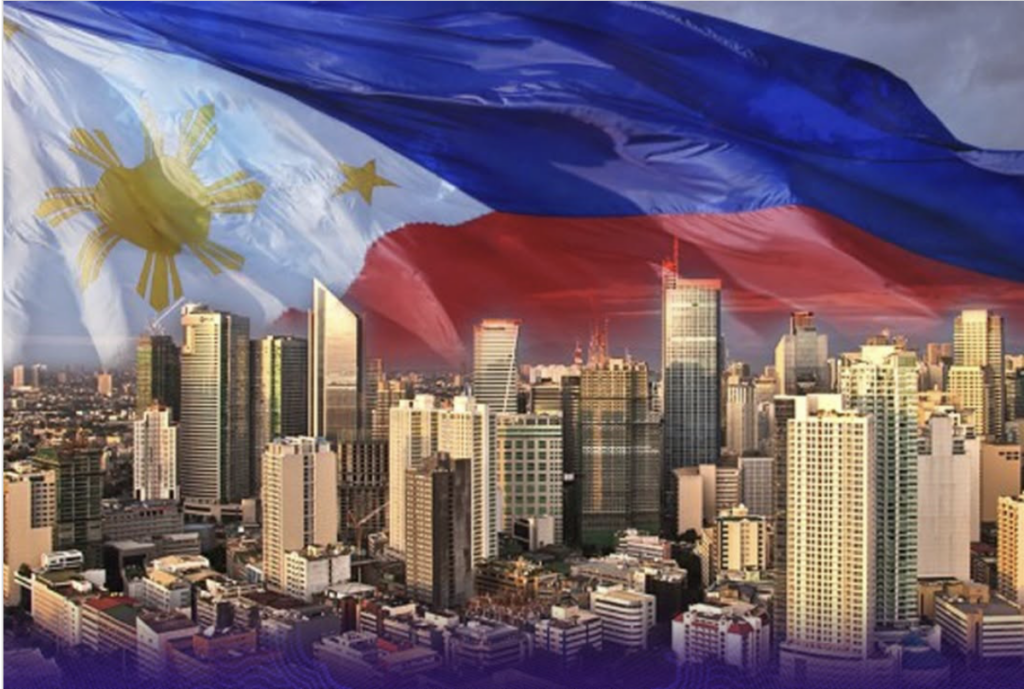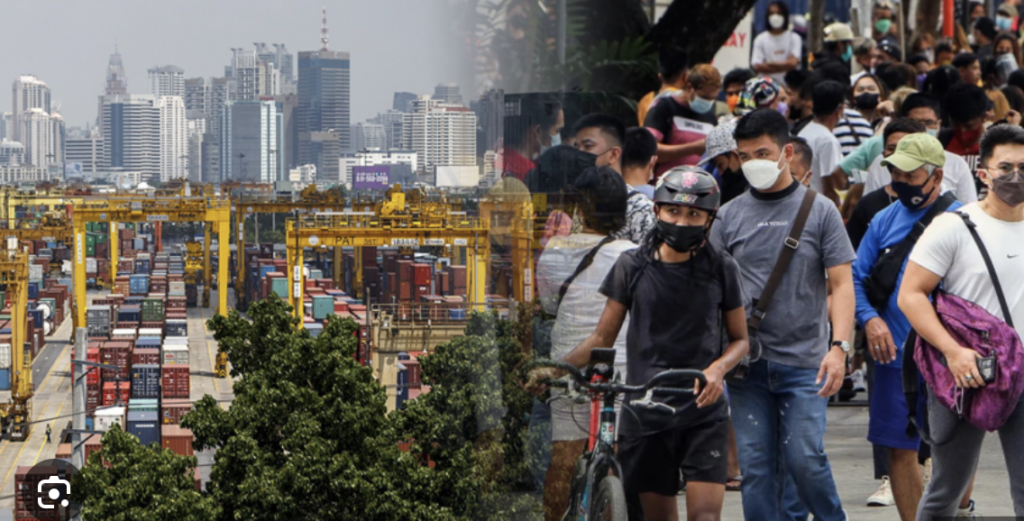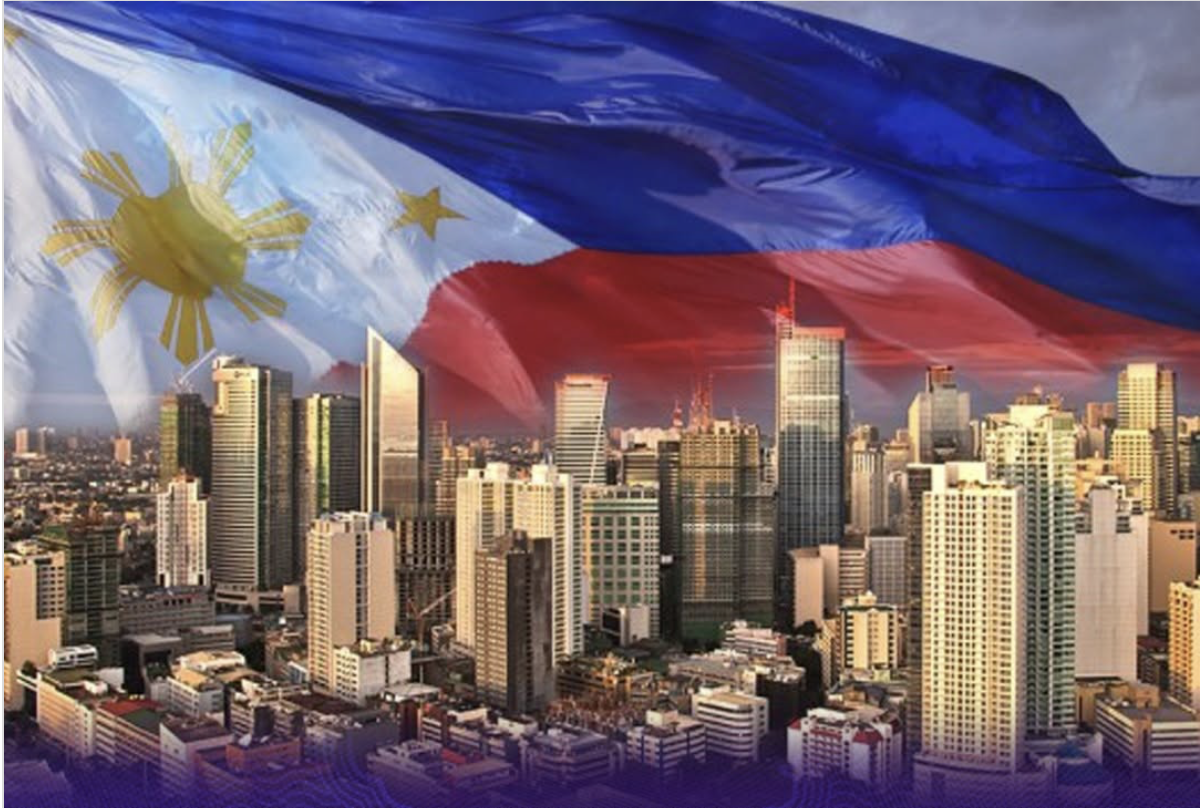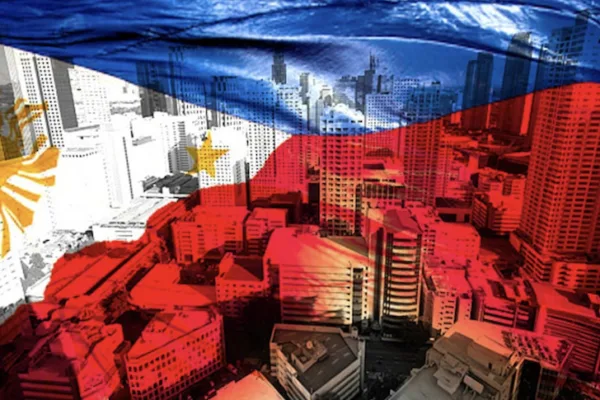The Philippine economy, a resilient engine of Southeast Asian growth, displayed a steady pulse in February 2025, with robust bank lending figures painting a picture of continued expansion.
Preliminary data released by the Bangko Sentral ng Pilipinas (BSP) revealed that outstanding loans from universal and commercial banks (U/KBs), net of reverse repurchase (RRP) placements, grew by a solid 12.2 percent year-on-year.
While this represented a slight moderation from the 12.8 percent expansion observed in January, it nonetheless signaled a healthy appetite for credit, a crucial driver of economic activity.
Economy: Sustained lending growth not uniform across all sectors

This sustained lending growth was not uniform across all sectors, however. Key industries served as the primary beneficiaries, demonstrating the economy’s structural shifts.
The electricity, gas, steam, and air-conditioning supply sector, vital for the nation’s burgeoning infrastructure projects and increasing energy demands, witnessed a remarkable 21.5 percent surge in loan uptake. The wholesale and retail trade, repair of motor vehicles and motorcycles sector, a barometer of consumer spending, experienced a robust 13.7 percent expansion.
Meanwhile, the construction sector, a key contributor to job creation and infrastructure development, also saw a significant 12.7 percent increase. Similarly, the transportation and storage sector, integral for the movement of goods and people, recorded a substantial 20.6 percent rise in lending.
On the other hand, the manufacturing sector, a critical component of the country’s industrial base, saw a more modest growth of just 0.9 percent. This suggests a potential need for targeted policy interventions to stimulate manufacturing activity, particularly as the Philippines seeks to diversify its economy and enhance its competitiveness on the global stage.
Consumer loans, a reflection of household spending and confidence, continued their upward trajectory, growing by a significant 24.1 percent year-on-year. This was primarily driven by strong demand for credit cards and motor vehicle loans, indicating a sustained level of consumer optimism.
A healthy flow of funds within the economy

Simultaneously, domestic liquidity (M3), a comprehensive measure of the money supply, expanded by 6.3 percent year-on-year in February, slightly lower than the 6.8 percent growth recorded in January.
This expansion, while moderate, signaled a healthy flow of funds within the economy, supporting both investment and consumption.
Domestic claims, which encompass lending to the private sector and the government, rose by 10.1 percent year-on-year. Notably, claims on the private sector, driven by continued bank lending to non-financial private corporations and households, grew by a robust 12.3 percent.
Net claims on the central government, however, increased by a more modest 5.9 percent, reflecting lower deposits of the national government with the BSP. The nation’s net foreign assets (NFA) in peso terms also witnessed a positive trend, rising by 5.8 percent year-on-year in February.
This was bolstered by an 8.9 percent expansion in the BSP’s net foreign assets, driven by an increase in gross international reserves. However, the NFA of banks declined, primarily due to higher foreign currency-denominated bills and bonds payable.
Maintaining the balance between growth and price stability

According to the BSP, the Philippine economy is showing resilience amidst shifting liquidity and easing inflation this year. But despite these positive indicators, the central bank remains vigilant, emphasizing its commitment to ensuring that domestic liquidity and bank lending conditions align with its price and financial stability mandates.
As the global economy navigates uncertainties and the Philippines faces potential inflationary pressures, the BSP’s proactive approach is crucial.
The central bank’s focus on maintaining a delicate balance between supporting economic growth and ensuring price stability is paramount. The Philippines, with its dynamic economy and resilient workforce, possesses the potential to navigate these challenges successfully.
However, the BSP’s careful monitoring and strategic policy decisions will be essential to steer the nation towards a sustainable and prosperous future.
The robust loan growth, coupled with the continued expansion of domestic liquidity, underscores the Philippine economy’s inherent strength. However, the BSP’s unwavering commitment to vigilance and proactive policy management will be instrumental in ensuring that this growth translates into long-term prosperity for all Filipinos.








